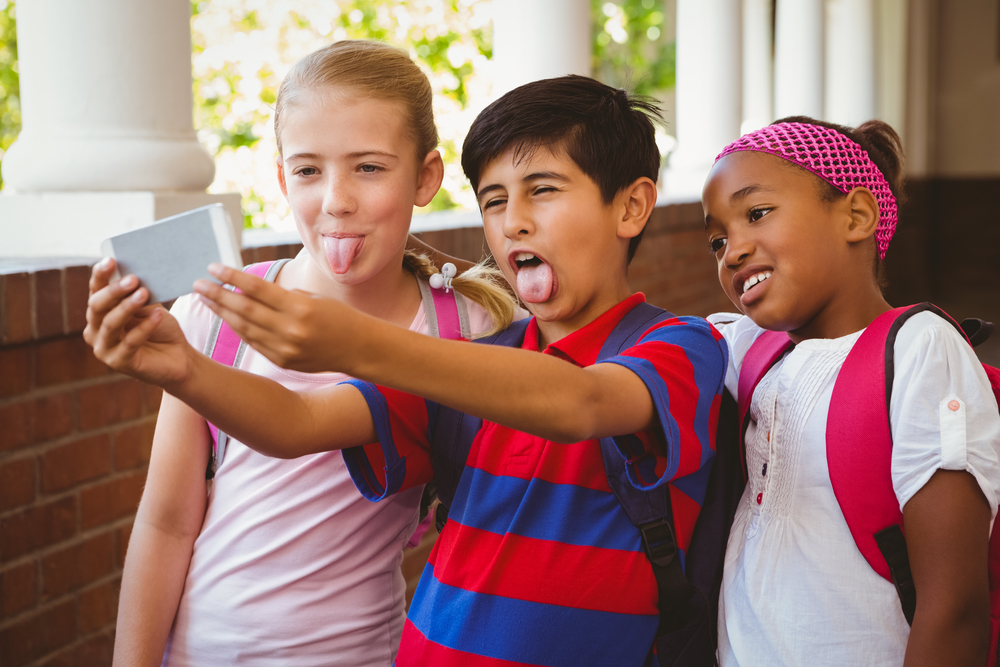As you probably already know, capturing those “special” moments throughout the school year isn’t always easy. We know that your yearbook staff photographers will be at special events, capturing important moments, but what about behind the scenes like the bus trips to the events/games or the students hanging out in the stands?
Students Unite!
Through their smartphones, students themselves can now take pictures of these moments that make up “student life” which can be used for the school yearbook. The most obvious advantage is students almost always have them handy. Below, we have put together several tips and tricks to help you improve your photography skills using your smartphone.
Tips To Help Students Get Yearbook Quality Photos With A Smartphone:
- Keep your lens clean. Before snapping a shot, give the lens a quick wipe using a soft cloth.
- Know your phone. There are hundreds of smartphone camera tutorials on YouTube. It’s definitely worth the time to watch videos for your specific phone and operating system.
- Do not zoom. Get physically closer instead of relying on the digital zoom. Digital zoom works the same as cropping and enlarging a photo in a graphics program. You lose quality and the ability to enlarge it later. If you can’t get closer, get creative with your shots. IDEA: Capture the cheerleaders’ reactions to a great play instead of the player on the field.
- Use two hands, and turn the camera horizontally for the best control. Just like with other cameras, the steadier your phone, the less blurry or out-of-focus your photos will be.
- Use burst mode for action shots. Most smartphones can take up to 10 photos per second with a feature called “burst mode.” IDEA: This is great for “before & after” photos.
- Use the grid. The grid is especially helpful for new photographers still learning rule of thirds. Doing it now will keep them from having to crop it later—and possibly losing quality.
- Always remember, flash = red eye and shadows. It’s always best to shoot without the flash whenever possible. More and more, smartphone cameras are becoming more advanced at shooting in low light, but if it’s too dark to shoot without the flash, position a friend nearby. IDEA: Have them hold up their phone with the flashlight on and pointed toward your subject. The light is more diffused and natural in the photo.
- Get familiar with your resolution. For the most part, the higher the resolution a.k.a. megapixels, the more detailed the picture will appear – and better it will print. For yearbooks, too small, and the photos will be grainy; too large, and there may be issues with uploading and storage.
Taking photos for your yearbook should be fun, and the better you know your phone’s camera capabilities, the better chance you’ll capture the perfect shot. Even though not every picture taken by students who used their smartphone will be able to be used in your yearbook, you certainly can’t use ones that were never taken! So go ahead and start capturing those moments that will live forever in your yearbook.

